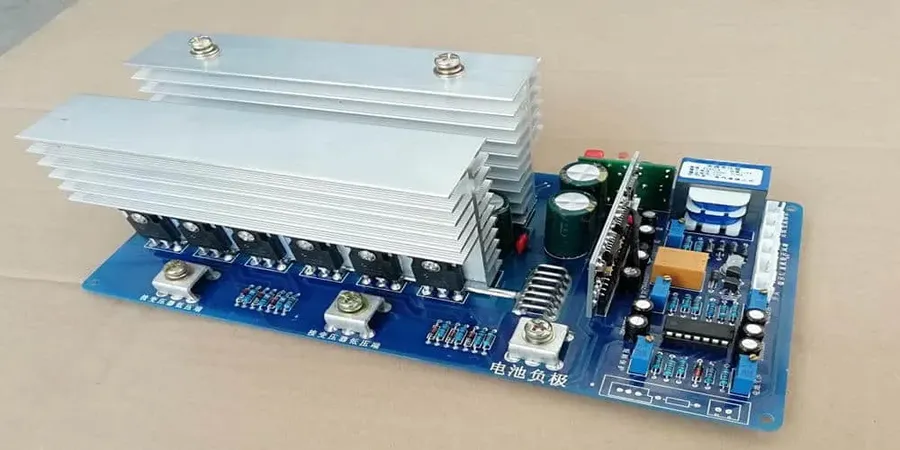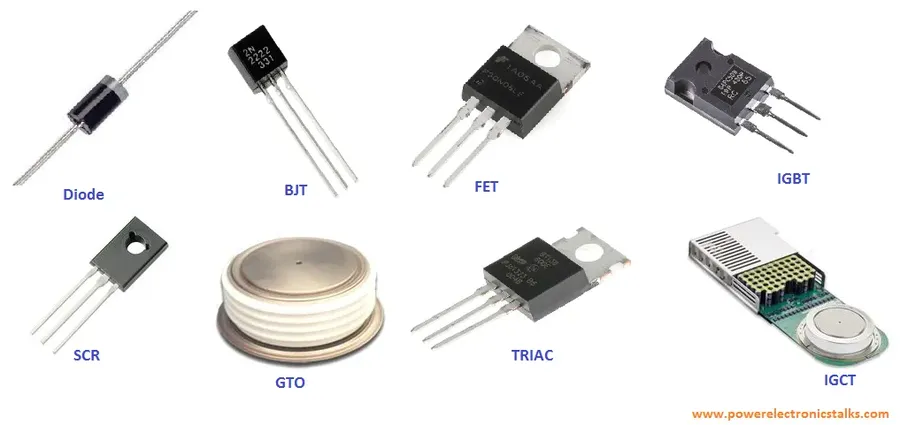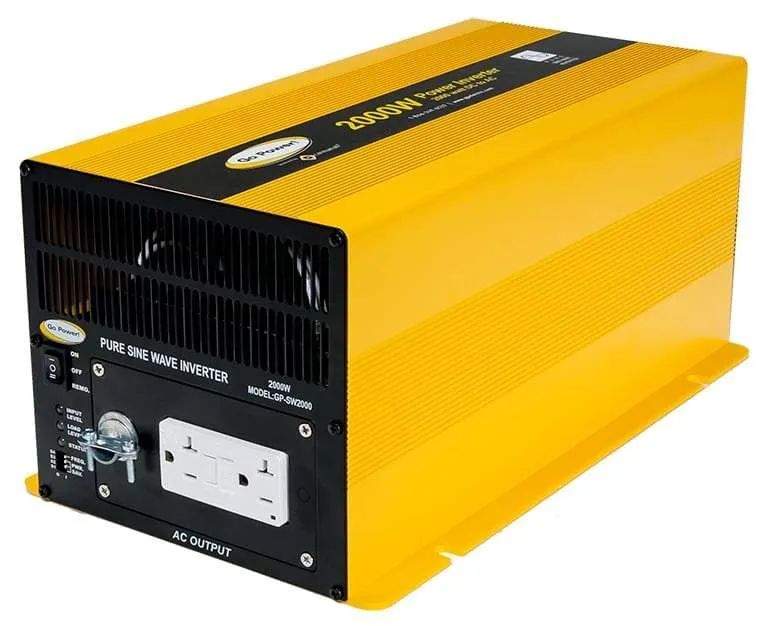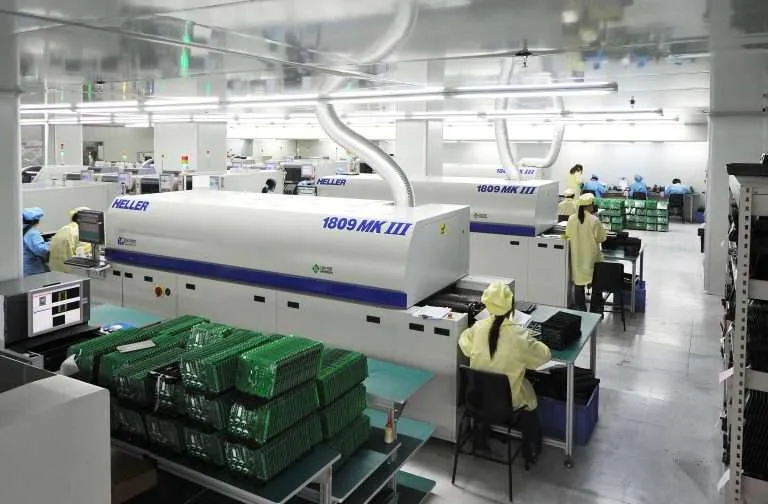Understanding 600 Watt Inverter PCB Price & Design

In our increasingly mobile world, the demand for reliable power solutions is higher than ever. Power inverters, at the heart of many of these solutions, allow us to use devices far from traditional power outlets. A critical part of these inverters is the Printed Circuit Board (PCB), with the 600-watt inverter PCB being a popular option. The **600 watt inverter pcb price** is influenced by a variety of factors from the material used, the design complexity, to the production scale, making understanding of these elements essential for both hobbyists and industry professionals alike. This article aims to dissect these aspects and empower our readers with the knowledge to make informed decisions when procuring or designing these components.
What is a 600 Watt Inverter PCB?

A 600-watt inverter Printed Circuit Board (PCB) serves as the foundational electronic assembly within a power inverter. Its primary function is to transform direct current (DC) power, typically sourced from batteries, into alternating current (AC) power, which is the standard for household electrical appliances. This crucial conversion process enables the use of common AC-powered devices in situations where only DC power is available.
The PCB houses numerous electronic components, including transistors, capacitors, and inductors, meticulously arranged to facilitate the power conversion process. The layout, design and material of the PCB are vital in determining the efficiency, reliability, and overall performance of the inverter.
Factors Influencing 600 Watt Inverter PCB Price

The price of a 600 watt inverter PCB is not fixed; it fluctuates based on several key factors tied to materials, design complexity, and manufacturing processes. Understanding these factors provides valuable insight into cost drivers and allows for informed decision-making when selecting or designing a PCB.
| Factor | Description | Impact on Price |
|---|---|---|
| Material Selection | Type of substrate material (e.g., FR4, Aluminum, Metal Core) | Higher performance materials like aluminum or metal core increase cost. |
| Layer Count | Number of conductive layers in the PCB | More layers increase manufacturing complexity and cost. |
| Copper Thickness | Thickness of copper traces and planes | Thicker copper for higher current capacity adds to material and processing costs. |
| Surface Finish | Type of protective coating applied to the PCB (e.g., HASL, ENIG) | Finishes like ENIG offer better performance but are more expensive than HASL. |
| Component Quality | Sourcing and quality of electronic components (e.g., capacitors, transistors) | Higher grade components increase the overall cost but improve performance and reliability. |
| PCB Size | Overall physical dimensions of the PCB | Larger PCBs typically cost more due to increased material usage and processing time. |
| Manufacturing Volume | Quantity of PCBs being produced in a single order | Larger production runs usually lead to a lower per-unit cost. |
| Testing Requirements | Extent of testing and validation required | More rigorous testing and validation add to the manufacturing cost. |
The choice of PCB material and the number of layers significantly affect both the performance and cost of a 600 watt inverter PCB. These factors dictate the board's electrical characteristics, thermal properties, and overall robustness, directly influencing the inverter's efficiency and longevity.
| Property | FR4 | Metal Core (e.g., Aluminum) | Multi-Layer PCB (2 Layers+) |
|---|---|---|---|
| Material Cost | Low to Moderate | Moderate to High | Varies based on layer count, generally higher |
| Thermal Conductivity | Low | High | Moderate to High |
| Dielectric Strength | Moderate | Good | Good |
| Mechanical Strength | Good | Good | Good |
| Performance | Suitable for basic applications | Excellent for heat dissipation | Improved signal integrity and density |
| Typical Application | General-purpose inverters | High-power inverters where heat is a concern | High-performance and compact inverters |
FR4, a common fiberglass composite, offers a balance of cost and performance, suitable for many 600W inverter applications. However, for higher power demands or environments where heat dissipation is critical, metal core PCBs, particularly aluminum-based ones, are preferred. These offer superior thermal performance, allowing components to operate cooler and more efficiently. Furthermore, multi-layer PCBs, incorporating two or more conductive layers separated by insulating layers, enable more complex circuit designs and improved signal integrity. However, the increased fabrication complexity results in higher prices.
Component Sourcing and Costs

The overall cost of a 600 watt inverter PCB is heavily influenced by the selection and sourcing of its individual electronic components. These components, such as transistors, capacitors, and inductors, contribute significantly to the final price due to variations in supplier pricing, quality, and performance specifications. Understanding these factors is critical for cost-effective PCB manufacturing.
| Component Type | Cost Influence | Quality/Performance Impact | Sourcing Considerations |
|---|---|---|---|
| Transistors (MOSFETs, BJTs) | High; Power handling capability and switching speed directly correlate with price. | Higher quality transistors have lower on-resistance, reducing heat generation and increasing efficiency. | Price varies across brands; some premium brands charge more for reliability, while generic brands can be more cost-effective but carry higher failure rates. |
| Capacitors (Electrolytic, Ceramic, Film) | Medium to High; Capacitance, voltage rating, and temperature specifications impact cost. | High-quality capacitors have lower ESR (Equivalent Series Resistance), leading to better performance and reliability. | Different manufacturers offer various specifications with price differences, with premium Japanese brands often costing more. |
| Inductors (Ferrite Core, Air Core) | Medium; Inductance, current rating, and core material significantly influence price. | Lower core losses lead to more efficient energy transfer; higher-quality inductors tend to perform better but cost more. | Cost varies depending on the manufacturing process and core material chosen; some specialized inductors have higher prices due to performance requirements |
| Integrated Circuits (ICs) | High; The sophistication of the IC, its processing speed, and specific features affect price. | Different ICs offer various features and performance levels, with specialized ICs (like gate drivers) often commanding a higher price | Sourcing from authorized distributors ensures authenticity and quality; buying from generic sources risks using counterfeit ICs |
| Resistors | Low to Medium; Precision and power rating influence cost. | High-precision resistors provide more accurate control and stability to the circuit performance. | Various sources exist for resistors; some offer more precise and higher reliability parts, increasing the cost |
Pure Sine Wave vs. Modified Sine Wave PCBs

The choice between pure sine wave and modified sine wave inverters significantly impacts the complexity and cost of the 600 watt inverter PCB. Pure sine wave inverters produce a smooth, sinusoidal AC waveform, closely mimicking the power from the grid, making them suitable for all electronic devices. Modified sine wave inverters, on the other hand, output a stepped or blocky approximation of a sine wave, which is simpler and less expensive to produce but may not be compatible with all devices.
| Feature | Pure Sine Wave Inverter | Modified Sine Wave Inverter |
|---|---|---|
| Output Waveform | Smooth Sine Wave | Stepped Approximation of Sine Wave |
| Complexity | Higher | Lower |
| Cost | Higher | Lower |
| Device Compatibility | Compatible with all devices | May not work with all devices |
| Performance with Sensitive Electronics | Optimal | May cause problems or reduced efficiency |
Where to Buy 600 Watt Inverter PCBs?

Sourcing a 600 watt inverter PCB requires careful consideration of various purchasing options. These options range from large online marketplaces to specialized suppliers and direct manufacturers, each offering distinct advantages and disadvantages in terms of cost, quality, and lead times.
| Source | Pros | Cons |
|---|---|---|
| Online Marketplaces (Alibaba, Amazon, eBay) | Wide selection, competitive pricing, readily available | Variable quality, potential for counterfeits, longer lead times for overseas sellers |
| Specialized Electronics Suppliers (e.g., Digi-Key, Mouser) | High-quality components, reliable sourcing, technical support | Higher prices, may not carry all PCB types, typically focuses on individual components |
| Direct PCB Manufacturers | Customizable designs, quality control, direct communication | Higher minimum order quantities, longer lead times for custom PCBs, more complex ordering process |
Custom 600 Watt Inverter PCB Design Considerations
Designing a custom 600 watt inverter PCB requires a systematic approach, blending electrical engineering principles with practical design considerations. This process encompasses schematic capture, meticulous PCB layout, and crucial thermal management and safety protocols to ensure optimal performance and longevity.
The process typically begins with schematic capture, where the electronic circuit is defined. This involves selecting appropriate components—such as transistors, capacitors, and inductors—based on their electrical characteristics and operational requirements. Following schematic capture, the design transitions to PCB layout. The layout phase is critical because it determines the physical arrangement of components, signal routing, and the overall structural integrity of the board. A well-executed layout minimizes signal interference, ensures efficient heat dissipation, and promotes overall reliability. Thermal management and safety are paramount. Inverters, particularly those operating at 600 watts, generate considerable heat, which must be effectively managed to prevent component failure and ensure stable operation. Adequate heat sinks, proper ventilation, and the strategic placement of heat-generating components are essential design considerations.
Several software tools facilitate the design process. Popular Electronic Design Automation (EDA) software suites include Altium Designer, Eagle, KiCad, and OrCAD. These tools assist in schematic capture, PCB layout, and simulation, allowing designers to rigorously test their designs virtually before physical prototyping.
- Software Tools for Custom PCB Design
Explore EDA software options like Altium Designer, Eagle, KiCad, and OrCAD. Each tool offers different features, price points and learning curve, so choose the tool that best matches your project's complexity and your design skill level. - Thermal Management Design
Incorporate heat sinks, thermal vias, and consider component placement to ensure efficient heat dissipation. Use thermal simulation to check your design's thermal performance. - Safety Considerations
Incorporate safety features such as overcurrent protection, overvoltage protection and appropriate insulation and component spacing to meet safety standards and to prevent hazards from high power operation. - Prototyping and Testing
Plan for prototyping stages to validate the design. This will include testing of the electrical performance, thermal behavior, and overall function of the board to catch potential design errors before mass production.
Frequently Asked Questions About 600 Watt Inverter PCBs
This section addresses common questions regarding 600 watt inverter PCBs, providing clear and concise answers to help users understand their capabilities and limitations. These FAQs clarify practical applications and technical aspects of these crucial power conversion components.
- Will a 600W inverter run a TV?
Yes, a 600W inverter can typically run a standard LED TV. However, it's crucial to check the TV's power consumption (in watts) to ensure it's less than the inverter's rated power. Start-up power requirements can sometimes exceed a device's running power, so allow a small margin for the inverter's peak capacity. - How long does a 600W inverter last?
The lifespan of a 600W inverter varies depending on usage, operating conditions, and quality of components. Generally, a well-maintained inverter can last several years. Factors influencing its lifespan include operating temperature, load consistency, and the quality of the internal components like capacitors and transistors. Overloading or inadequate ventilation can significantly shorten its life. - What can a 600W inverter power?
A 600W inverter can power a range of small appliances and electronic devices with total running power up to 600 watts. Common examples include laptops, phones, most LED televisions, small power tools, small refrigerators and lights. However, it’s vital to check each device's power rating, accounting for the initial surge required to start some motor-driven appliances. - What is a PCB in an inverter?
A PCB (Printed Circuit Board) in an inverter is the physical platform on which the electronic components are mounted and interconnected. This board facilitates the conversion of DC (Direct Current) power to AC (Alternating Current) power through complex electronic circuits. The design, material, and layer count of the PCB will affect the inverter's overall performance and longevity. - Does a 600W inverter require a specific battery?
Yes, a 600W inverter will require a 12v battery with enough amp hours (Ah) to provide the necessary runtime, a deep-cycle lead-acid battery is generally suitable. Calculate battery capacity based on power consumption of the connected devices and the desired run time. It is important to ensure that the battery's voltage is compatible with the inverter. - How does the quality of the PCB affect the performance of an inverter?
The quality of the PCB is paramount in determining an inverter’s performance, reliability, and lifespan. Factors such as the material (e.g. FR4, metal-core), layer count, and copper thickness influence heat dissipation and signal integrity. Higher quality PCBs typically enhance overall efficiency and reduce the risk of premature failure. Low-quality PCB materials can lead to overheating and short circuits. The design of the PCB also affects the inverter's ability to handle different load types. - What are the key safety considerations when using a 600W inverter?
Safety precautions are critical when operating a 600W inverter. It's crucial to ensure proper ventilation to prevent overheating, particularly in enclosed spaces. Avoid overloading the inverter beyond its rated capacity as this can lead to damage or fire. Use appropriate wiring and correctly sized fuses to prevent overcurrent conditions. Ensure all connections are secure and made with the correct polarity. Avoid use in damp or wet conditions. Always follow the manufacturer's instructions for safe use.
Troubleshooting and Maintenance of Inverter PCBs
Maintaining the performance and longevity of a 600 Watt inverter PCB requires understanding common failure points and implementing preventative measures. Effective troubleshooting can significantly reduce downtime and extend the operational life of the inverter.
- Overheating Issues
Overheating is a primary cause of inverter PCB failure. Ensure adequate ventilation and check heatsinks for proper contact. Monitor operating temperatures and avoid overloading the inverter beyond its rated capacity. Consider adding thermal paste or upgrading to more efficient cooling solutions if necessary. - Component Failures
Components like capacitors, transistors, and inductors can fail due to various reasons, including stress and age. Regularly inspect these components for visual signs of damage or failure, such as bulging capacitors or burnt transistors. Use a multimeter to test suspect components and replace any faulty parts immediately to prevent further damage. - Loose Connections
Loose or corroded connections can result in power loss and intermittent operation. Inspect all soldered joints and terminals to make sure connections are tight and corrosion-free. Re-solder connections that are loose or display cold solder joints. If corrosion is apparent, clean with appropriate electronic contact cleaners. - Short Circuits
Short circuits can cause significant damage to the inverter PCB. If the inverter stops working suddenly, check for shorts using a multimeter. Carefully examine the board for any signs of accidental contact or damage that could lead to a short circuit. Repairing a short circuit often involves identifying the path of the short and replacing components that have been affected. - Fuse Checks
Fuses are designed to protect the inverter from excessive current. If the inverter does not power on, check the fuse. If the fuse is blown, replace it with one of the correct rating. If the fuse blows again immediately, this signals an underlying fault needing further investigation. - Preventative Measures
Implement preventative measures to reduce failure risk. Use a clean, dry environment and avoid high-humidity and extreme temperatures. Ensure the inverter has adequate ventilation. Conduct periodic inspections for visual signs of damage or component failure. Proper installation and understanding of the inverter's operating limits are critical.
Understanding the complexities surrounding **600 watt inverter pcb price** is crucial whether you are a manufacturer, DIY enthusiast, or end-user. The price reflects not just the materials, but the design complexity, quality of components, and the type of wave output the PCB delivers. By considering all these elements, one can make well-informed choices, optimizing for both cost and performance. The continuous advancements in PCB design and component technology promise to improve efficiency and reduce costs, further extending the reach and utility of power inverters in our daily lives.
 AnyPCBA
AnyPCBA